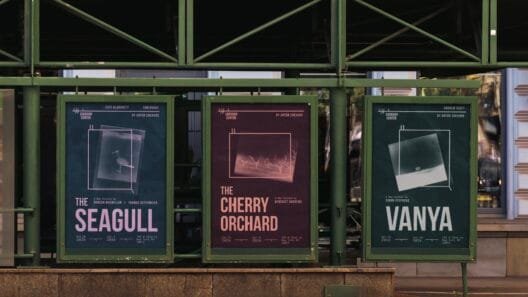‘Hey, Maudie’, a collaborative work drawing on the operatic form alongside poetry, wide-ranging music and oral traditions, will debut in two free performances this Autumn.
On 21st September, the Roberts Institute of Art (RIA) presents a new performance commission at St James’s Church, Piccadilly. Rachel Jones’ ‘Hey, Maudie’ inaugurates RIA’s Practising Performance programme, which provides artists with unique opportunities to expand their work through performance.
With RIA’s support, Jones developed ‘Hey, Maudie’ over a year-long period that involved workshops, extensive dialogue and improvisation. Following an initial phase of R&D, Jones invited poet Victoria Adukwei Bulley and composer Joseph Howard to collaborate on her concept for a live, opera-based work. Reflecting a collage of perspectives, the libretto, co-authored by Jones and Adukwei Bulley, takes inspiration from Gwendolyn Brooks’ 1953 novel, Maud Martha. ROKSANDA, the label by award-winning fashion designer, Roksanda Ilinčić, will provide costumes for the performance.
Rachel Jones is renowned for her large, abstract paintings in oil stick and oil pastel, which incorporate recurring motifs – teeth, mouths, flowers – and cacophonous, sometimes discordant, colour. Her work has been the subject of recent solo exhibitions at the Chisenhale Gallery, London (2022) and the Long Museum, Shanghai (2023). Jones’ painting lick your teeth, they so clutch (2021) also features in Tate Britain’s first collection rehang in ten years, which was unveiled in June. Her practice often draws on elements of sound or performance, as evocation of mood, reference to shared history, and in celebration of Black culture.
Brooks’ Maud Martha, which remained unpublished in Britain until 2022, traces the life of a young Black woman in 1940s and 50s America through a series of lyrical vignettes. The text employs a unique third-person interior voice. Across four acts, Jones’ opera follows the character of Maud Martha (sung by soprano Gweneth Ann Rand), as she converses with a choral ensemble that represents her soul. The structure references the compositional technique of call-and-response, a musical and cultural tradition with West African roots, which became an intrinsic way for Black women to individually and collectively express themselves. The idea of singing and humming to one another – a practice poet Nikki Giovanni describes as ‘sonic speech’ – can also be traced to Black women working in the fields to both communicate and to provide care or signal danger.
‘Hey, Maudie’ demonstrates the radical potential of interdisciplinary commissioning, combining literature, poetry, music and fashion within a visual arts context. For Jones, the ability to take an instinctive approach was essential to the production, which centres relationality and collaboration and brings in the voices and perspectives of her collaborators. Developed through conversations with Jones and a series of workshops, Joseph Howard’s expansive score will draw on various classical traditions, gospel and jazz elements as well as improvised breathwork to express a complex, embodied sound that evokes the moments of joy, curiosity, wonder and desire that punctuate Maud Martha’s life. Both libretto and score make space for quietude and rest – a recurring theme in Jones’ work – and reflect shifts in tempo characteristic of thought patterns and imaginative leaps. While Jones’ paintings abstract the figure, in part to examine historic modes of representation, in ‘Hey, Maudie’, language becomes sound and breath becomes pattern. Jones invited ROKSANDA to provide the costumes for the opera because of the designer’s subtle approach to material, structure and shape. Responsive to the ideas central to the opera, the costumes focus attention on the grace and gravity, the playfulness and sensuality of Maud Martha’s character.
‘Hey, Maudie’ is staged within the seventeenth-century surrounds of one of London’s landmark churches. Renowned for its inclusive approach, diverse community and activism, St James’s is a fitting context for Maud Martha’s introspective musings and her quest for solace and care.
Rachel Jones says: “Music has always been central to my practice. With RIA’s commission, I was interested in pushing my examination of collaging sound into new territories. ‘Hey, Maudie’ pairs the lushness and full-bodied roundness of classical compositions with the different syncopation and rhythmic possibilities achieved in jazz, alongside minor keys which create a sourness or thornier, more chaotic element. Jazz and gospel open up lighter moments in the work but they are fleeting, mimicking the way questions/reflections appear to Maud Martha as a surprise; in strange daydreams or silly moments of fancy. It’s important that different musical styles are used to reflect different emotional shifts in Maud’s character and inner being. I wanted to honour her spirit and working with my collaborators – Victoria, Joseph, Gweneth and the rest of the cast – opened up new realms of possibility for how we could do that.”
Kate Davies, RIA Director says: “RIA has championed performance art for almost 15 years now and we are delighted to be launching this new commission with Rachel Jones. We are committed to offering artists the time and space to experiment and through this opportunity we provide creative resources, contacts and support to develop a live work from concept to realisation without having to think about a fixed format or venue. Rachel was interested in exploring opera which brings with it a rich and complex form and structure. I hope this process acts as a springboard for her and future commissioned artists to grow and develop with performance as part of their practice.”






